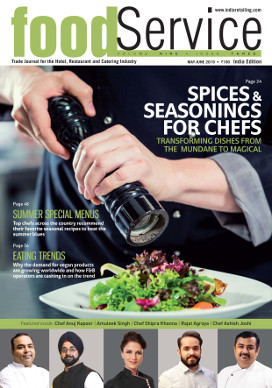Description
People today are looking for a dining experience that responds to their needs and concerns for health, well-being, and environmental issues. There is an emerging and growing demand for food ingredients that are sugar-free, gluten-free, vegan, green and protein-rich. An increasing number of consumers are mindful today not only about their food choices and consumption but also about food production. In general, people are now asking more questions about their own eating behaviors and food choices.
The restaurant industry, therefore, needs to offer dining solutions that make both the traditionalists and enthusiasts happy so as to keep receiving the unstinted support of a broad demographic of diners.
Restaurants need to provide for a demanding demographic with specific tastes and preferences. This is possible only when restaurants ensure a menu that is inclusive and focuses on recipe development as per the needs and evolving demands. For instance, non-meat protein alternatives such as tempeh, tofu, seitan and nutritional yeast are on the rise today, as are glutenfree and sugar-free ingredients in baking and bread making. Chia, acai, matcha green tea, avocado, kimchi, kefir, kombucha and other fermented products have already caught on in a big way.
At the same time, the demand for ‘green’ foodstuffs is on the rise and restaurants need to have a broad menu that features more of green offerings as dining options. They should continue with their menu innovations to help guests making a ‘greener’ choice – like having the option of grilled cauliflower served with black sesame and truffle. Products such as humus, falafel and seasonal salads are also becoming very popular with the discerning diners.
Restaurants that offer cuisine derived from this new approach to cooking and eating and provide for a superior and healthy dining experience, will prevail and continue to win.









